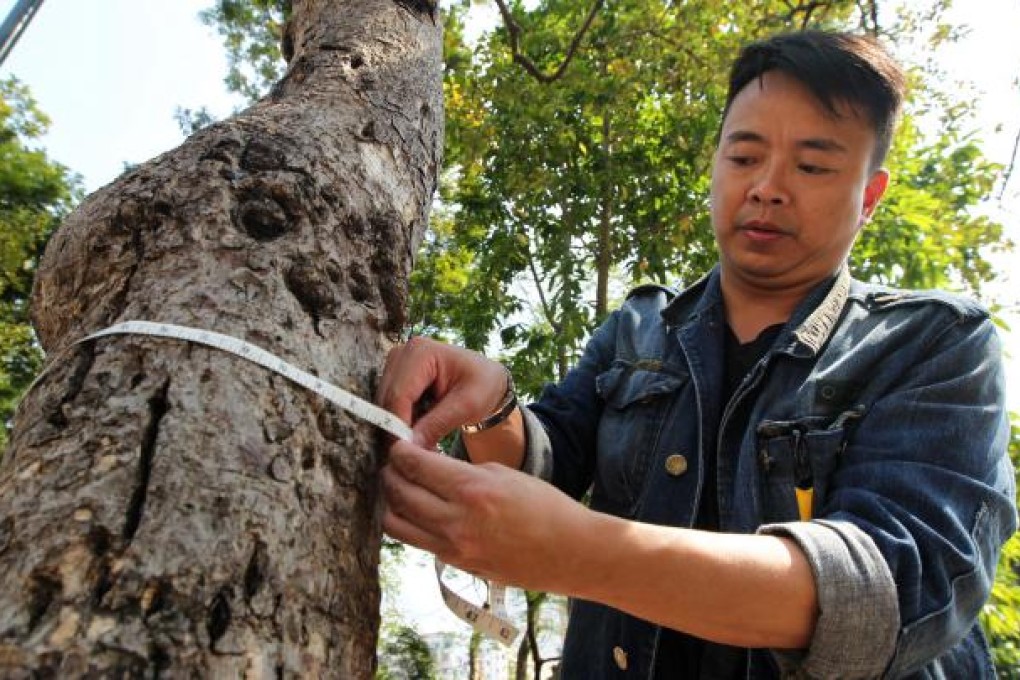Meet the arborist who keeps Hong Kong's giants safe
Big trees provide shade and greenery but it takes a specially trained person to make sure they are not a danger to public

A tree knows when it has lost a limb. If it has been poorly pruned and the branches start sprouting green shoots, that's the tree's survival mechanism and it is crying out for help.
This lesson came from arborist Vick Cheng Kwok-keung on a walk around Kowloon Park in Tsim Sha Tsui to demonstrate how to spot a tree in distress.
"An arborist is like a tree doctor," said 42-year-old Cheng, who grew to love nature from playing at the Shing Mun Reservoir in Tsuen Wan as a child.
Cheng works as an engineer, while freelancing as an arborist in his spare time.
He is one of 566 people in Hong Kong who are qualified arborists, having obtained his certificate from the International Society of Arboriculture in the United States.
"What does an arborist do?" Video by Hedy Bok